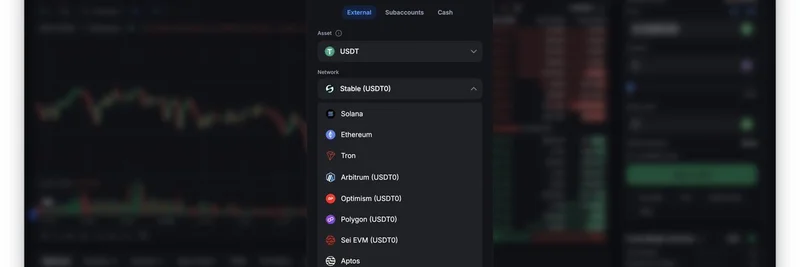In the fast-paced world of crypto, where meme coins on Solana can skyrocket or crash overnight, it's easy to forget the bigger picture of money itself. But a recent tweet from Solana Legend, the co-founder of FrictionlessVC and MonkeDAO, brings us back to basics with a historical twist that's got the community buzzing.
Solana Legend posted: "Life starts to make a lot more sense when you realize every king or emperor that was allowed to borrow in their own currency debased it to zero. Study how Nero alloyed silver denarius coins with copper. Study how Henry the 8th reduced silver content. Now study the US Dollar."
This isn't just ancient history—it's a sharp commentary on why fiat currencies like the dollar might be heading down a similar path, and why decentralized alternatives in crypto could be the way forward.
What Is Currency Debasement?
Debasement is basically when a government or ruler reduces the value of their money to pay off debts or fund wars and projects. Think of it as sneaky inflation: instead of printing more money outright (though that's common today), ancient leaders would mix cheaper metals into coins, making each one worth less over time.
Take Nero, the Roman emperor in the 1st century AD. He started alloying the silver denarius—a staple coin—with copper to stretch the empire's finances. What began as nearly pure silver ended up mostly base metal, eroding trust and contributing to economic chaos. You can read more about this in historical accounts from sources like the British Museum's numismatics collection.
Fast forward to the 16th century, and England's Henry VIII did something similar during the "Great Debasement." To fund his lavish lifestyle and military campaigns, he slashed the silver content in coins from about 92% to as low as 25%. The result? Rampant inflation, public outrage, and a hit to England's economy that took years to recover. Check out the details on Wikipedia's page on the Great Debasement for a deeper dive.
Connecting the Dots to the US Dollar
Solana Legend's punchline—"Now study the US Dollar"—hits home in today's world. Since abandoning the gold standard in 1971, the US has been able to print money freely, leading to ongoing inflation. The dollar has lost over 85% of its purchasing power since then, fueled by massive borrowing and quantitative easing. It's not alloying with copper, but it's the modern equivalent: expanding the money supply to cover deficits.
In crypto circles, this is why Bitcoin and other fixed-supply assets are hailed as "digital gold." They can't be debased at will because their protocols limit issuance—Bitcoin caps at 21 million coins, for example.
Replies Add More Flavor
The tweet sparked some thoughtful replies. Nick from Backpack chimed in: "There is a fallacy that we think we are smarter than our ancestors and that we have learned from the past. But human nature will never change."
Solana Legend responded: "Show me the incentive and I will show you the outcome." This nods to Charlie Munger's famous quote, emphasizing how incentives drive behavior. In fiat systems, the incentive for governments is to print more money. In crypto, especially with community-driven meme tokens, the incentives can align more with holders if the supply is locked and transparent.
Another reply from Ding Dong simply said "Study anonymity," paired with a mysterious image of a hooded figure—perhaps a nod to the pseudonymous nature of crypto transactions, which protects users from centralized control.
Why This Matters for Meme Coins on Solana
As a hub for meme tokens like those in the MonkeDAO ecosystem, Solana offers a playground where debasement isn't baked in. Many meme coins launch with fixed supplies and renounce ownership, meaning no one can mint more tokens post-launch. This contrasts sharply with fiat currencies and even some altcoins with inflationary models.
But it's not all rosy—rug pulls and unfair launches can mimic debasement by diluting value through hidden mechanics. Solana Legend's tweet is a reminder for meme coin enthusiasts to study the fundamentals: check the tokenomics, understand the incentives, and remember that history rhymes.
If you're diving into Solana memes, tools like DexScreener can help you analyze liquidity and supply. And for more on MonkeDAO, head over to their official site.
In the end, Solana Legend's insight isn't just a history lesson—it's a call to action for the crypto community to build systems resistant to the age-old temptations of debasement. Whether you're holding meme coins or building on blockchain, understanding these patterns could be the key to navigating the future of money.


